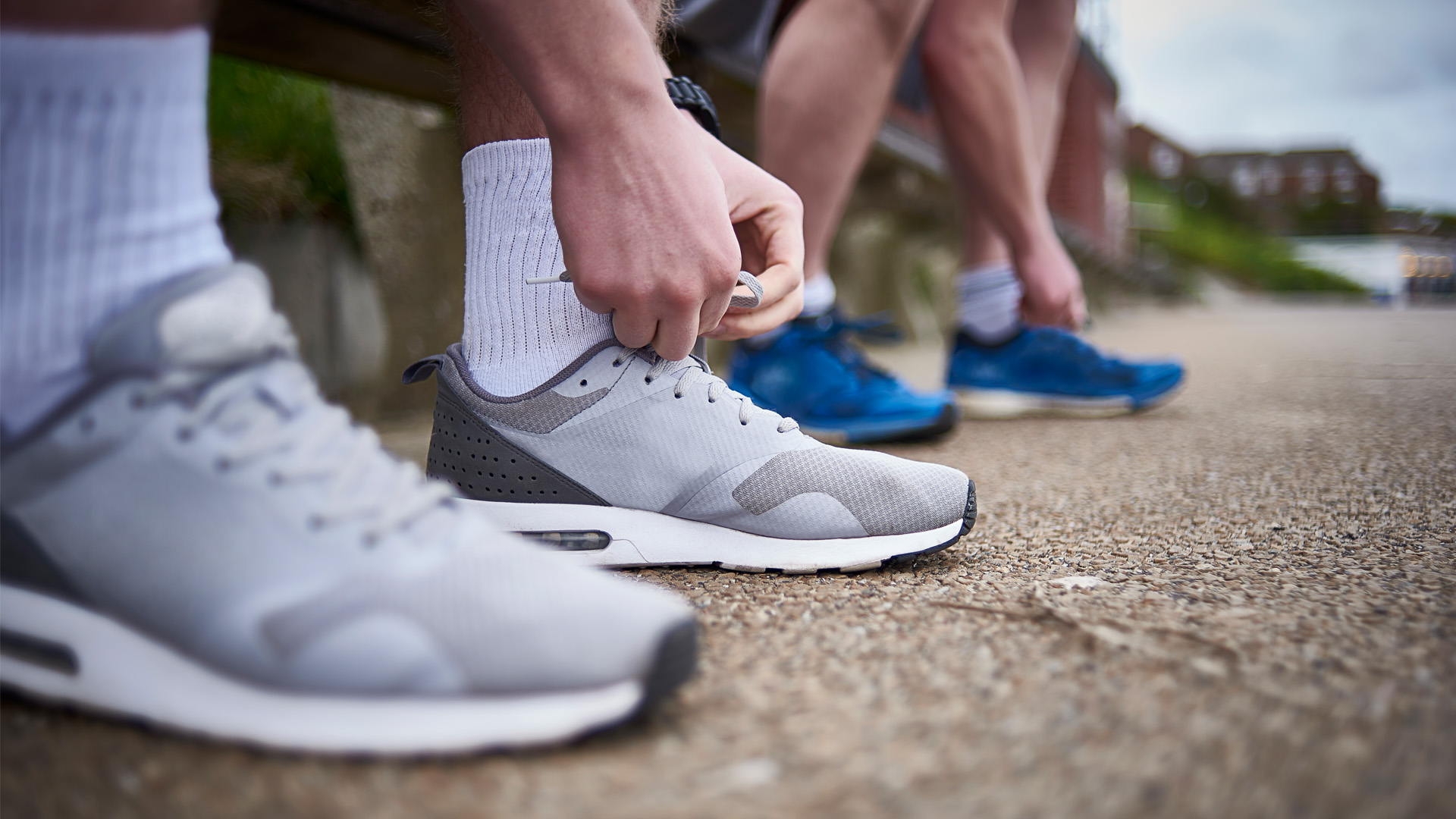Home>Health and Wellness>Health>Everyday Trails: Is it OK to Trail Run Every Day?


Health
Everyday Trails: Is it OK to Trail Run Every Day?
Modified: January 2, 2024
Explore the considerations of trail running every day in this informative guide. Discover the potential benefits of daily trail running, such as improved cardiovascular fitness, enhanced mental well-being, and increased strength and endurance.
Picture this: the sun is rising, the birds are chirping, and the fresh morning air is filled with the scent of pine and dew-kissed grass. You’re out on the trail, alone with your thoughts and the rhythmic sound of your feet hitting the dirt path. It’s no surprise you’d want to experience this every day. But is it OK to trail run daily? Let’s unpack this question and provide you with an in-depth understanding of the potential implications.
Understanding Your Body’s Need for Recovery
Running, whether on trails or roads, is a high-impact exercise. When you run, your body absorbs impact forces of approximately 2.5 times your body weight with each step. Now, imagine doing this repeatedly over a distance of several kilometers. It’s clear why running is considered a rigorous workout for your muscles, joints, and cardiovascular system.
One of the fundamental principles of exercise physiology is that our bodies need time to recover from intense workouts. Recovery is when the body repairs damaged tissues, builds stronger muscles, and adapts to the stress of physical exercise. Skipping this essential phase could lead to overuse injuries, decreased performance, and increased fatigue.
Considering the Unique Demands of Trail Running
Trail running brings additional challenges not typically faced by road runners:
- Uneven Terrain: Trail running often involves navigating uneven terrain, which demands more from your muscles and joints.
- More Muscle Engagement: Trail running engages a broader range of muscles compared to road running, including your core and smaller stabilizing muscles.
- Risk of Injuries: The uneven and sometimes slippery surfaces of trails can increase the risk of falls and related injuries.
Given these factors, it’s evident that trail running requires more recovery time compared to running on flat, even surfaces.
But Can I Trail Run Every Day?
The answer to this question is highly individual and depends on several factors, such as your fitness level, running experience, and overall health. Some seasoned runners may be able to hit the trails daily without issue, while beginners might need several days of rest between runs.
However, even experienced runners should prioritize recovery to prevent overuse injuries and burnout. Mix up your running routine with lower-impact workouts, such as cycling, swimming, or yoga. This approach is often referred to as cross-training and is a highly effective strategy to enhance overall fitness and reduce the risk of injuries.
Tips for Running More Frequently
If you’re determined to hit the trails more often, here are some strategies to do so safely:
- Gradual Increase: Increase your running frequency gradually. A commonly recommended guideline is the 10% rule, which advises not to increase your weekly mileage by more than 10% from the previous week.
- Listen to Your Body: Pay attention to how your body feels. If you’re experiencing excessive fatigue, persistent muscle soreness, or reduced performance, it might be time to rest.
- Prioritize Recovery: Make sure to include rest days in your schedule and engage in active recovery activities, such as stretching, foam rolling, or light cross-training.
- Mix it Up: Vary the intensity of your trail runs. Not every run needs to be at maximum effort. Incorporate easy, moderate, and hard runs into your routine.
- Wear Appropriate Gear: Good running shoes can help absorb shock and reduce stress on your joints. Consider investing in quality trail running shoes and replace them regularly.
Final Word
In conclusion, it’s essential to remember that more is not always better when it comes to running. Adequate recovery plays a crucial role in improving performance and preventing injuries. Listen to your body, prioritize rest, and vary your training intensity to enjoy the trails safely and sustainably. Happy trail running!
FAQs
Can running every day lead to overuse injuries?
Yes, running daily, especially trail running, can increase the risk of overuse injuries such as shin splints, runner’s knee, and stress fractures due to the lack of adequate recovery time.
Can I do other exercises on my non-running days?
Absolutely! Cross-training is an excellent way to maintain fitness, enhance strength, and prevent running-related injuries. Consider low-impact activities like cycling, swimming, or yoga.
How can I tell if I’m overdoing my running routine?
Signs of overtraining include persistent fatigue, decreased performance, persistent muscle soreness, frequent injuries, and loss of motivation. If you experience these symptoms, consider taking a break and consulting with a fitness professional.
What should I do on my rest days?
Rest days are for recovery. Light cross-training, stretching, yoga, and foam rolling are beneficial. It’s also essential to prioritize sleep and a nutritious diet to aid recovery.
Is it better to run on a trail or a treadmill?
Each has its benefits. Trail running can be more challenging and engaging, offering a full-body workout. However, treadmills allow for controlled, low-impact workouts, which can be ideal for beginners or injury recovery.






